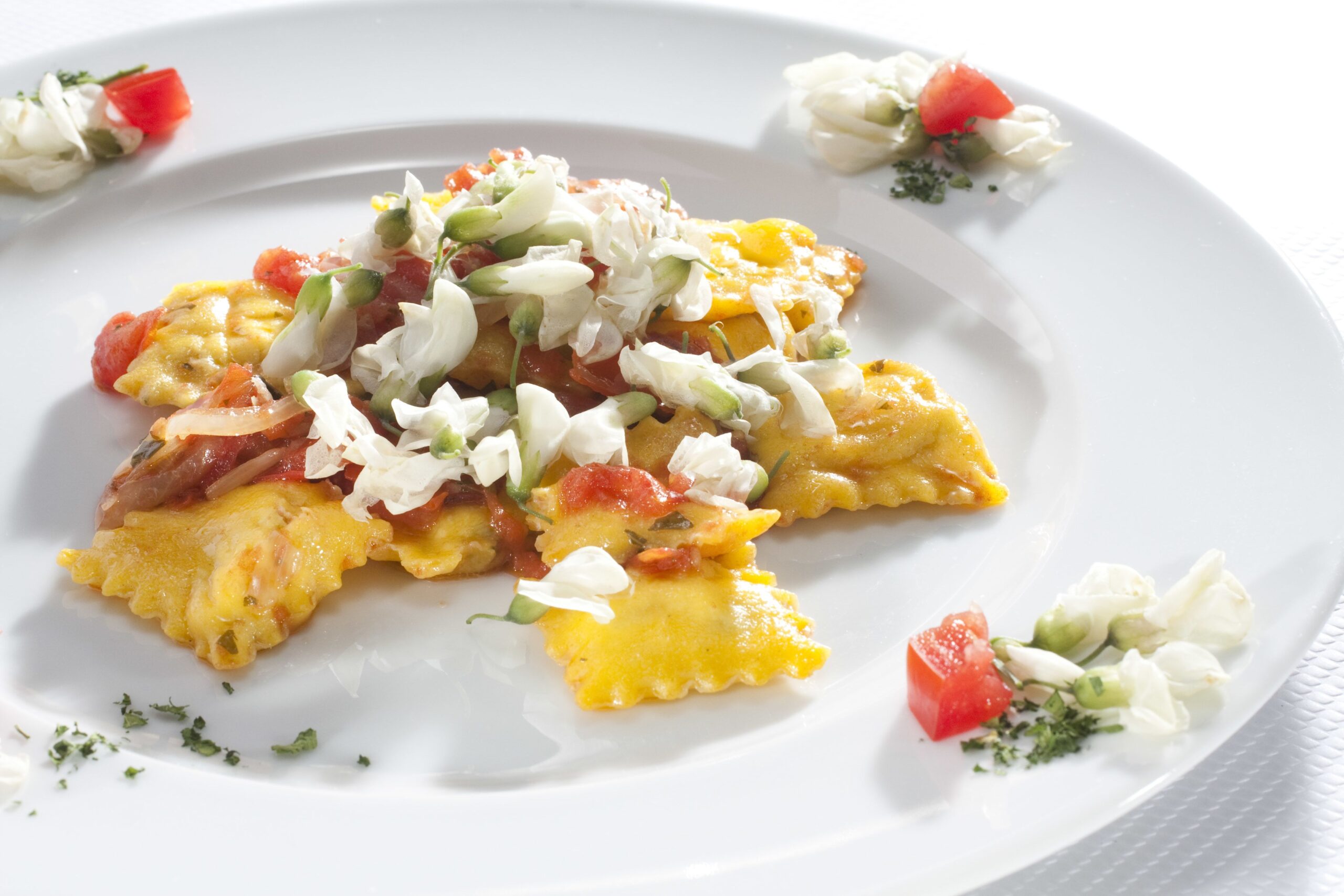Mediterranean and Middle Eastern cuisines are often compared due to their similar use of ingredients, but are two distinct culinary traditions with unique flavors, cultural influences, and dietary restrictions. Mediterranean cuisine emphasizes fresh vegetables, fruits, olive oil, seafood, and grains, while Middle Eastern cuisine features meat, grains, spices, herbs, and dairy products. Mediterranean dishes are characterized by light, healthy cooking techniques such as grilling and baking, while Middle Eastern cuisine is known for slow-cooking methods like stewing and braising. Vegetarian and vegan options are available in both cuisines, but Middle Eastern cuisine has more restrictions due to religious dietary laws.
Mediterranean vs. Middle Eastern Cuisine: A Clash of Cultures and Classic Dishes
Mediterranean and Middle Eastern cuisines are often compared and confused with each other due to their similar use of spices, herbs, and ingredients. However, they are two distinct culinary traditions with unique flavors, cooking methods, and cultural influences.
Geography and Culture
The Mediterranean region includes Southern Europe, North Africa, and the Levant while the Middle East is composed of countries in Western Asia and North Africa. Both regions have a rich history of trade, migration, and invasions that have contributed to their culinary diversity.
Mediterranean cuisine is influenced by Greek, Italian, Spanish, French, and Turkish cultures. It emphasizes fresh vegetables, fruits, olive oil, seafood, and grains. Greek salads, Turkish kebabs, Italian pasta, and French ratatouille are some of the most popular Mediterranean dishes.
Middle Eastern cuisine is influenced by Arabic, Persian, Turkish, and Jewish cultures. It features meat, grains, spices, herbs, and dairy products. Popular Middle Eastern dishes include hummus, falafel, shawarma, kebabs, and biryani.
Ingredients and Spices
Mediterranean cuisine uses a wide range of ingredients such as tomatoes, eggplants, zucchinis, olives, feta cheese, and couscous. It also incorporates herbs such as oregano, thyme, and rosemary. Olive oil is the primary fat used in cooking Mediterranean dishes.
On the other hand, Middle Eastern cuisine uses ingredients such as chickpeas, lentils, rice, lamb, and beef. It also features spices such as cumin, coriander, turmeric, and cardamom. Yogurt and labneh are common dairy products used in Middle Eastern dishes.
Cooking Methods
Mediterranean cuisine is characterized by light and healthy cooking techniques such as grilling, roasting, and baking. It also uses marinades to add flavor to meat and fish dishes. Mediterranean dishes are often served with fresh herbs, lemon, or garlic sauce.
Meanwhile, Middle Eastern cuisine is known for slow-cooking methods such as stewing and braising. It also uses techniques such as grilling, baking, and frying. Middle Eastern dishes are often served with pita bread, tahini or yogurt sauce, and pickled vegetables.
Dietary Restrictions
Both Mediterranean and Middle Eastern cuisines have options for vegetarians and vegans. Mediterranean cuisine features vegetarian dishes such as Greek salads, vegetarian moussaka, and stuffed vegetables. Middle Eastern cuisine has vegetarian options such as hummus, baba ganoush, and tabbouleh.
However, Middle Eastern cuisine has more restrictions due to religious dietary laws. Muslims and Jews do not eat pork, and Muslims also do not consume alcohol. This has an impact on Middle Eastern dishes such as shawarma, which is usually made with lamb or chicken instead of pork.
Conclusion
Mediterranean and Middle Eastern cuisines are two distinct culinary traditions that offer unique flavors, ingredients, and cultural influences. While they share some similarities, they have different cooking techniques, dietary restrictions, and cultural backgrounds that make them stand out from each other. Both cuisines have contributed to the world’s culinary heritage and continue to inspire new and exciting dishes.
